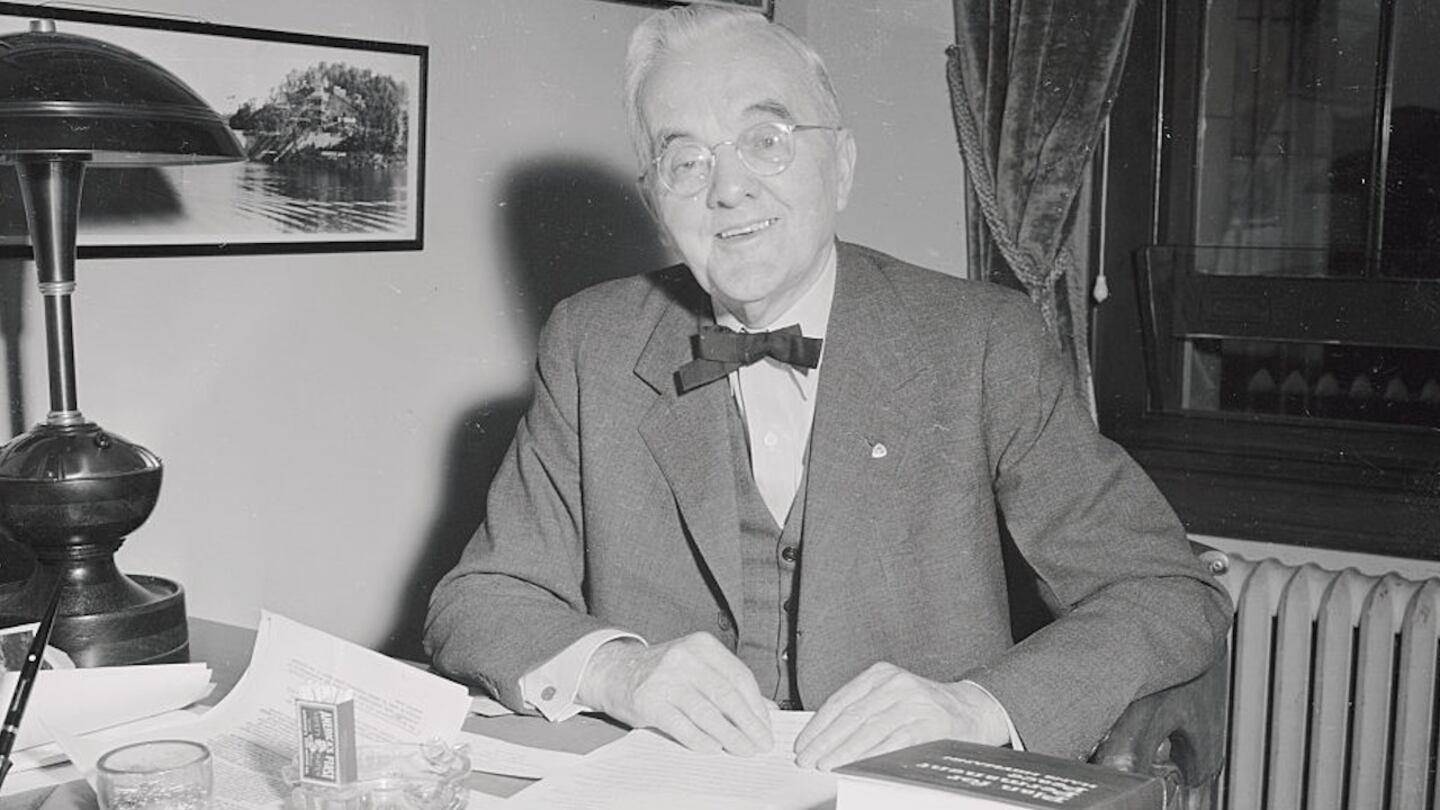U.S. Rep. Matt Gaetz succeeded in his threat to oust Kevin McCarthy as House speaker, triggering a vote that officially came to the floor only one other time in the history of Congress.
In March 1910, then-Speaker Joe Cannon created the “motion to vacate” and forced the House to take a vote, The Washington Post reported.
Cannon, known as “Uncle Joe” and the “Czar” of the House, saw his power diminished but held on to the speaker’s chair by a comfortable 40-vote margin. Still, a subhead under the main headline in The New York Times on March 20, 1910, read, “Great Disorder in the House.”
Gaetz, R-Fla., said on Sunday that he would move to oust McCarthy, R-Calif., from the speaker’s post after a stopgap measure was passed on Saturday — with Democratic support — to fund the government for the next 45 days, according to the newspaper.
That prevented the 22nd government shutdown or funding gap since 1976, but Gaetz was unhappy with McCarthy seeking help from the Democrats.
“I think we need to rip off the Band-Aid. I think we need to move on with new leadership that can be trustworthy,” Gaetz said Sunday on CNN’s “State of the Union,” adding that he planned to make a motion to vacate the chair.
JUST IN: Rep. Matt Gaetz (R-FL) tells @jaketapper that he will move to oust House Speaker Kevin McCarthy this week. @CNNSotu #CNNSOTU pic.twitter.com/5gpuum4eGy
— CNN (@CNN) October 1, 2023
That is much different from 1910, when Cannon instigated the motion to vacate.
A powerful lawmaker, Cannon, a Republican from Illinois, served 46 years in the House. Notably, he was the subject of the first cover of “Time” on March 3, 1923.
According to the House of Representatives website, Cannon served as chairman of three committees: the Rules, Expenditures in the Post Office and Appropriations committees.
From 1903 to 1911, he simultaneously served as speaker and chairman of the Rules Committee. As the head of the Rules Committee, Cannon managed the floor schedule for legislation; as speaker, he controlled the debate on the floor, according to the House website.
His grip on both positions was challenged in March 1910, NBC News reported. The “revolt” was led by Rep. George Norris, a Progressive Republican from Nebraska.
Norris offered a resolution to strip Cannon of his powers, doing it on St. Patrick’s Day when many Republicans were out celebrating, according to The Hill. But Cannon used parliamentary procedure to delay the vote while he marshaled his allies.
Eventually, Progressives were able to strip Cannon of his spot on the Rules Committee, “which had been the citadel of his power,” the Times reported in 1910.
On March 19, 1910, Cannon took to the floor of the House, according to The Congressional Record. He told members that he had only two options left: resign or “declare a vacancy in the office of Speaker.”
The gambit had never been used before. There is nothing in the Constitution about ousting a speaker. The only mention notes that the House “shall chuse their Speaker,” adding that the lower chamber of Congress makes its own rules.
Many of those rules are based on “Jefferson’s Manual,” which the House adopted in 1837 as a guide for parliamentary procedure.
“A Speaker may be removed at the will of the House,” the manual states.
By offering the motion to vacate the chair, Cannon put his opponents and detractors on the record, NBC News reported.
They all fell into line, with Republicans voting overwhelmingly for Cannon to keep the speaker’s gavel.
“Cannon, Shorn of His Power, Keeps Office,” read the Times headline on March 20, 1910.
Republicans considered using the motion to vacate against Speaker Newt Gingrich in 1997, but decided against it, according to the Post. In 2015, then Rep. Mark Meadows, R-N.C., filed a motion to vacate against Speaker John Boehner, NBC News reported. That motion also did not come to a vote, as Boehner resigned as speaker several months later.
Norris, who was elected to Congress in 1902 and was reelected four times, later served 30 years as a U.S. senator from Nebraska from 1913 to 1943. But Cannon’s steel grip on the House was loosened by Norris’ action that sparked the 1910 revolt by Progressives.
The speaker “is broken, overruled, without power to back his decisions as presiding officer,” a 1910 editorial notes.
Cannon brushed off the criticisms, according to the House website.
“Sometimes in politics one must duel with skunks, but no one should be fool enough to allow skunks to choose the weapons,” he once said.









